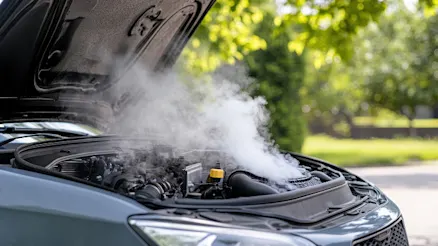
What to do when your car overheats
Car overheating? Learn why it happens, what to do (and avoid), and follow our step-by-step guide to stay safe and prevent engine damage.

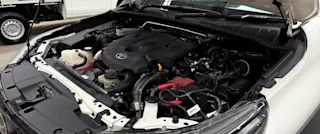

Car overheating? Learn why it happens, what to do (and avoid), and follow our step-by-step guide to stay safe and prevent engine damage.
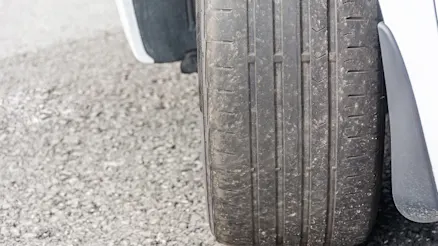
Discover what wear and tear means for your car, with key examples like tyre wear, brake wear, and paint fading. Learn how to minimise wear and keep your car in top condition.
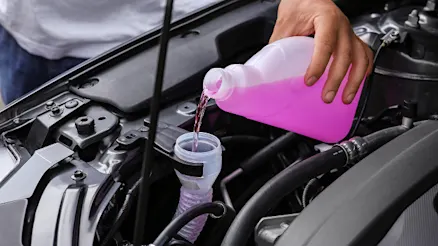
Stay safe on the road with these essential monthly car maintenance checks. From engine oil to tyre pressure, learn how to keep your car running smoothly and avoid costly repairs.
Checking your car’s fluids is an essential part of car maintenance that every owner should embrace. These fluids play critical roles in keeping your vehicle running smoothly, efficiently, and safely. Simply put, it keeps your car happy and healthy. Here’s our guide to what each fluid does, how to check it, and what to do if it’s low. All this can save you from costly repairs and potential breakdowns down the line.
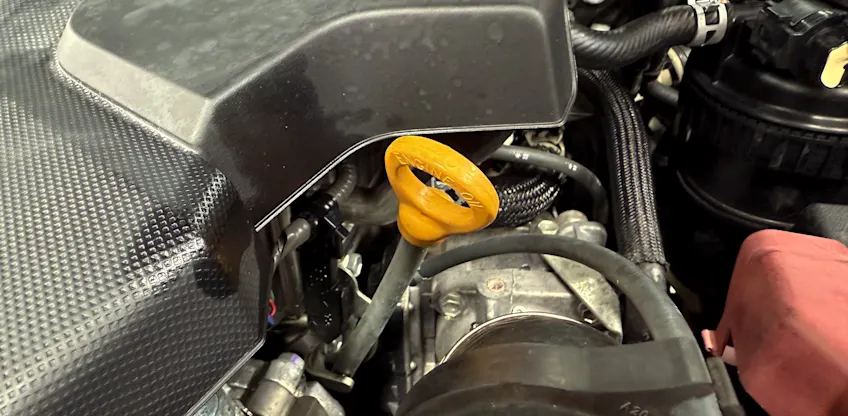
Engine oil is vital for lubricating the engine's moving parts, reducing friction, and preventing overheating. Without sufficient oil, the engine can seize or suffer severe damage. Ideally, engine oil should be checked at least once a month.
To check your engine oil level, park your car on level ground, turn off the engine, and wait for it to cool. This makes sure all the oil has drained back into the oil pan and that you're getting an accurate reading. Fun fact: if you’ve got an EV, you don’t need to check your engine oil because surprise – you don’t have an engine! (You have an electric motor instead.)
Pull out the dipstick, wipe it clean, reinsert it, and then pull it out again to read the level. If the oil is below the recommended mark, you can top it up yourself with the appropriate oil type specified in your car’s manual.
While you’re at it, take a look at the colour of your engine oil as well. If it’s black and dirty, you might want to get your engine oil changed. If it’s looking milky, that’s definitely not good. This means water is in your engine oil, and it’s time to see a mechanic for a full check-up.
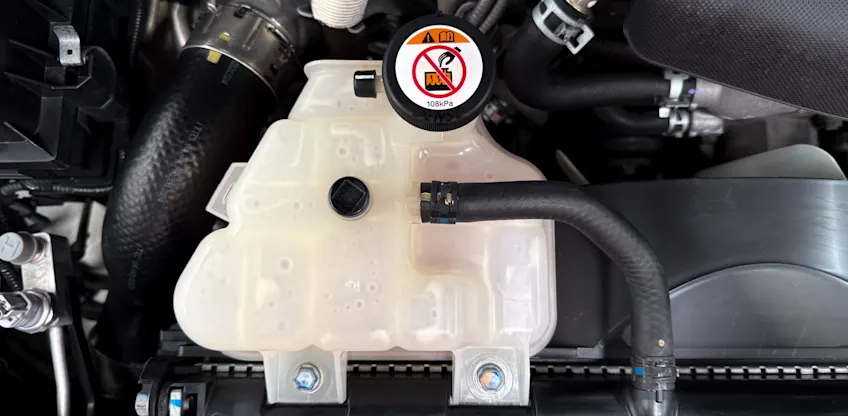
Engine coolant, or antifreeze, prevents your engine from overheating or freezing by regulating its temperature. It’s housed in the radiator and should be checked every month, especially before long trips.
Same with your engine oil, check the coolant reservoir when the engine is cold. Never open the radiator cap when the engine is hot, as the pressurised system can cause burns.
Your coolant reservoir should have markings to show low and full levels, some may even be translucent so you can see its level from the outside. If the coolant is low, refill it with the right kind of coolant for your car.
Transmission fluid lubricates and cools the components of your car's automatic transmission system, enabling seamless gear changes. Unlike engine oil, transmission fluid doesn’t need frequent checks – once every six months is usually enough.
For automatic cars, check the fluid using the transmission dipstick, typically located near the back of the engine bay. The process may vary between different models, so it’s best to refer to your owner’s manual. If your transmission fluid is low, it’s time for a trip to the mechanic’s. Manual cars will usually require a mechanic to check and refill as well.
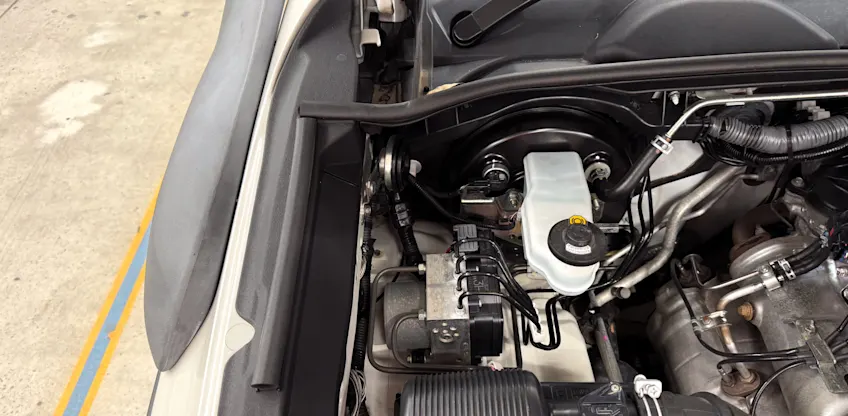
Brake fluid is a hydraulic fluid that transfers force from your brake pedal to the brake pads, for your car to stop efficiently and safely. This fluid should be checked at least every six months.
The brake fluid reservoir is usually located near the back of the engine bay and marked clearly. If the fluid is low, you can top it up with the recommended type, but it’s worth checking out the reason for the drop with a mechanic, as it could mean a leak or worn brake pads.
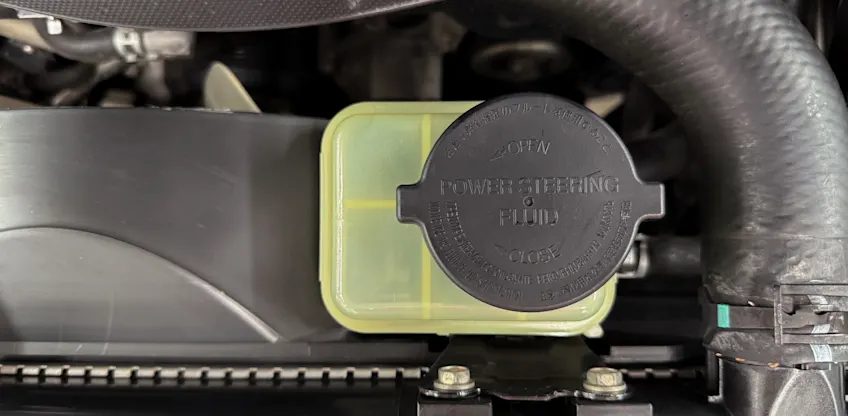
Power steering fluid allows you to steer effortlessly by providing hydraulic assistance to the steering system. Without it, turning the wheel can become difficult, especially at low speeds. Check this fluid every three months, or anytime you’re getting under the hood to check anything else, really.
The power steering fluid reservoir is usually marked with a steering wheel symbol. If the fluid is below the recommended level, top it up with the correct type. If you hear whining noises or experience stiffness while steering, it’s best to head to a mechanic.
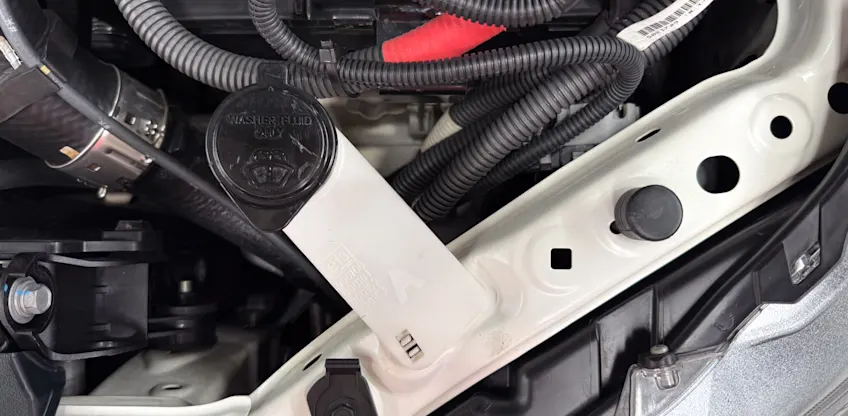
Although it doesn’t affect your car’s mechanics, wiper fluid is crucial for maintaining visibility, especially in adverse weather conditions. Your wiper fluid does get used regularly on the road, so it does need to be refilled regularly once a month.
This is an easy one. Simply locate the reservoir, often marked with a windshield symbol, and ensure it’s filled with wiper fluid or a mix of water and washer concentrate (check your manual). Low wiper fluid can be topped up easily at home, but if your wipers still struggle to clean effectively, check for blockages or replace the blades.
Last but not least – just kidding, it doesn’t exist!
Regularly checking and maintaining your car’s fluids is a simple yet effective way to keep your vehicle in excellent condition. By taking these small steps, you can ensure a smoother, safer driving experience and avoid unnecessary repairs down the road. For more car maintenance tips and tricks check out our guide on how to change a cabin air filter, or learn how to check your tyres for optimal performance.